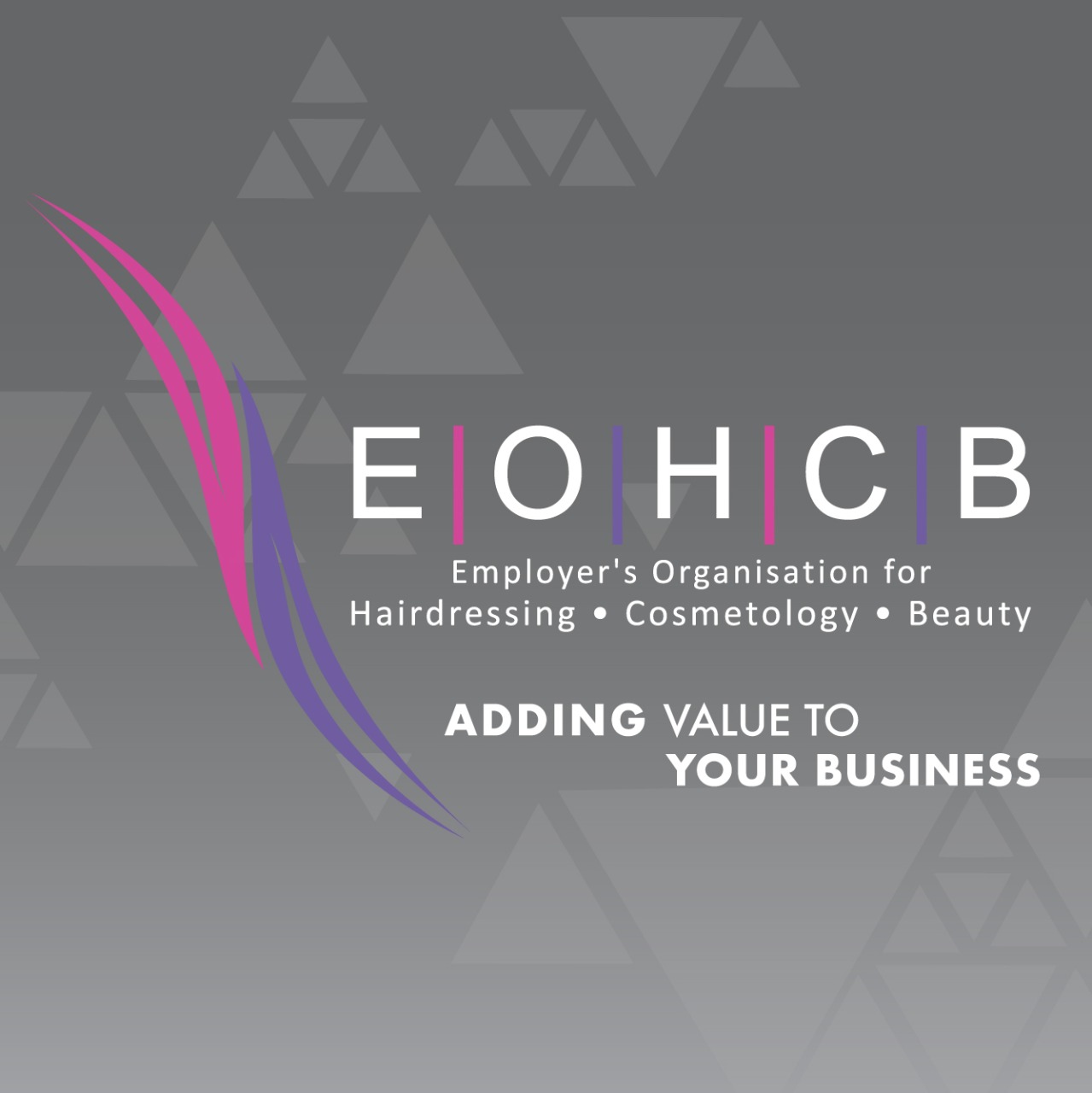LEVERAGING GENERATIONAL STRENGTHS TO ENHANCE WORKPLACE PERFORMANCE
- EOHCB National

- May 29
- 3 min read
Updated: May 30

The modern workforce is increasingly multigenerational, comprising Baby Boomers, Generation X, Millennials, and Generation Z. Each generation brings unique strengths, perspectives, and skills that, when harnessed effectively, can significantly enhance business performance. Businesses that embrace these differences foster innovation, improve engagement, and drive growth. In this article we aim to explore how businesses can leverage the strengths of each generation to optimise workplace outcomes and offer practical strategies for implementation.
The Unique Strengths of Each Generation
Baby Boomers (Born 1946–1964)
Strengths: Baby Boomers contribute extensive experience, institutional knowledge, and wisdom. They are known for their strong work ethic and loyalty to employers.
Value to Businesses: Their measured approach to decision-making and ability to mentor younger employees make them invaluable for leadership roles and knowledge transfer.
Opportunities: Encourage Boomers to take on advisory roles or participate in mentorship programmes where they can share their expertise with younger generations.
Generation X (Born 1965–1980)
Strengths: Gen Xers are resilient, adaptable, and independent. They excel at navigating change and balancing strategic thinking with practical execution.
Value to Businesses: Their ability to bridge traditional and modern workplace practices positions them as effective managers and leaders during periods of transition.
Opportunities: Provide opportunities for autonomy in decision-making and leadership roles where they can drive innovation while maintaining stability.
Millennials (Born 1981–2000)
Strengths: Millennials are collaborative, tech-savvy, and purpose-driven. They value innovation and are adept at integrating technology into workflows.
Value to Businesses: Their fresh ideas and focus on sustainability make them ideal for roles requiring creativity and forward-thinking strategies.
Opportunities: Foster environments that prioritise flexibility, wellness initiatives, and meaningful work to engage Millennials fully.
Generation Z (Born 2001–2020)
Strengths: Gen Z employees are digital natives who bring technological fluency and a passion for inclusivity. They value authenticity and purpose in their work.
Value to Businesses: Their ability to quickly adapt to emerging technologies makes them ideal for roles requiring innovation and agility.
Opportunities: Create collaborative spaces where Gen Z can contribute their ideas while learning from more experienced colleagues.
Benefits of Multigenerational Teams
Research highlights the advantages of generational diversity in the workplace:
Innovation Boost: Generational diversity fosters creativity by combining fresh perspectives from younger employees with the wisdom of seasoned workers. A Deloitte study found that companies prioritising intergenerational collaboration are five times more likely to succeed in their industries.
Enhanced Engagement: Multigenerational teams improve employee engagement by creating inclusive environments where everyone feels valued. Higher engagement correlates with increased productivity.
Improved Decision-Making: Diverse age groups bring varied approaches to problem-solving, leading to well-rounded decisions that benefit the business as a whole.
Strategies for Leveraging Generational Strengths
1. Encourage Cross-Generational Collaboration
Establish mentorship programmes where Baby Boomers can share their experience with Millennials and Gen Z employees. Similarly, younger generations can provide insights into emerging trends or technologies.
2. Invest in Training Opportunities
Offer continuous learning programmes tailored to each generation’s needs:
Digital literacy training for Baby Boomers.
Leadership development for Gen X.
Innovation workshops for Millennials.
Technology integration sessions for Gen Z.
3. Create Inclusive Workspaces
Design workplaces that cater to diverse preferences:
Flexible schedules for Millennials and Gen Xers.
Collaborative spaces for Gen Z employees.
Quiet zones for Baby Boomers seeking focus.
4. Leverage Technology
Utilise tools like WhatsApp or Zoom/Microsoft Teams to facilitate communication across generations. Encourage tech-savvy Millennials and Gen Z employees to lead digital transformation initiatives.
5. Recognise Contributions Across Age Groups
Celebrate achievements from all generations equally. Recognition fosters a sense of belonging and motivates employees to perform at their best.
Practical Tools for Implementation
Businesses can adopt these resources to maximise generational strengths:
HR Management Systems: Platforms like Qualee or Vorecol HRMS help monitor employee engagement across age groups.
Collaborative Software: Tools such as Trello or Asana enable seamless teamwork among multigenerational teams.
Diversity Training Modules: Programmes from organisations like Alison, Coursera, Future Learn, and the EOHCB’s Monthly Members Exclusive CPD sessions equip managers with skills to manage generational differences effectively.
In conclusion, leveraging the strengths of each generation is not just about managing diversity - it is about turning it into a competitive advantage. By fostering collaboration, investing in training, creating inclusive environments, and utilising technology effectively, your business can unlock the full potential of your multigenerational workforce.

